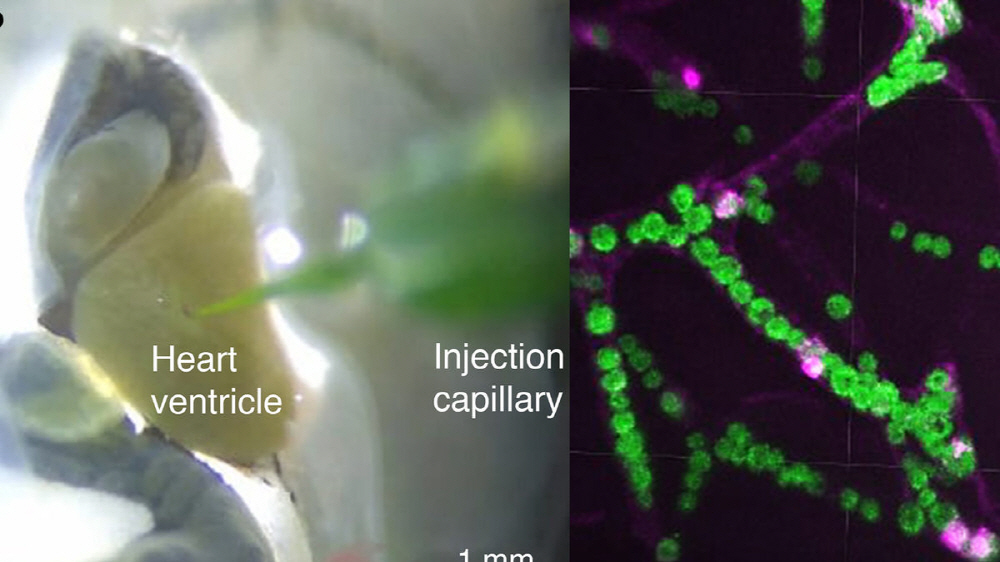
Oxygen is essential for the brain that supports animal life activities, and asphyxiation in a severely hypoxic environment, nerve activity ceases. According to a paper published in October 2021 by a research team at Ludwig Maximilian University in Germany, algae was injected into the brain of a tadpole, whose nerve activity was completely stopped by suffocation, and oxygen was generated in the brain to resume nerve activity.
Oxygen needed by animals comes mainly from the lungs, gills and skin. In particular, a certain amount of oxygen must be continuously supplied to brain activity. Therefore, maintaining oxygen supply in low-oxygen environments such as deep-sea diving or flying at high altitudes is an important task.
One of the means of generating oxygen is photosynthesis by green plants, and a natural symbiosis between organisms and marine animals that actually photosynthesize has been reported. In the experiment conducted by this research team, photosynthetic algae are injected into the body of a frog tadpole, and when a strong light is illuminated, photosynthesis occurs in the body and oxygen is supplied to the brain.
When green plankton is injected into a translucent tadpole, the tadpole turns green. In addition, if you magnify the tissues of the body under a microscope, the green plankton capable of photosynthesis spreads to the microvessels of the tadpole. In the experiment, it is believed that the plankton irradiated with light generated oxygen to function as a substitute for brain activity.
If the light is lit or not, if the light is turned on, the nerve activity is reacted when the light is lit, and the light disappears, and after a certain period of time, the activity is stopped again. The study could demonstrate the ability of photosynthetic microbes to rescue biological brain activity, the team says. It can also be expected to provide a means to increase oxygen levels as a way to help pathological disorders in the future.
However, since this experiment is a transparent tadpole, the irradiated light penetrates the skin and causes microorganisms to function in the body, and it is only a proof of the principle that microorganisms can supply oxygen. The research team also said that the experimental results are innovative and that harmful risks such as long-term immune responses are necessary by injecting microorganisms into the body, requiring long-term experiments and application fields. Related information can be found here.


















Add comment